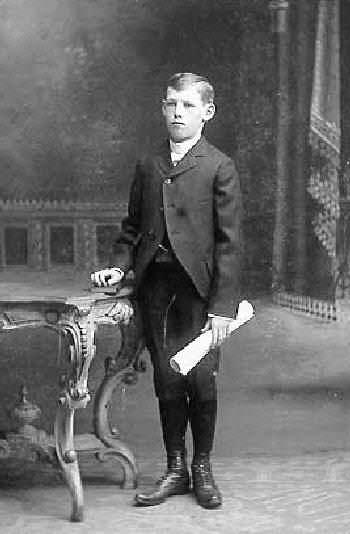
Figure 1.--This Wisconsin Boy was probably photographed about 1895. Most boys wore kneepants in the 1890s, but boys from affluent families were most likely to wear them and to wear them to a graeter age.


Figure 1.--This Wisconsin Boy was probably photographed about 1895. Most boys wore kneepants in the 1890s, but boys from affluent families were most likely to wear them and to wear them to a graeter age. |
The type of trousers or pants worn by a boy in many cases had social class connotations. This has varied from country to country and over time. In America, for example, boys from more affluent families in the 19th century were more likely to wear kneepants and in the 20th century short pants and to an older age. A similar pattern has been noted in other countries, but this has not always been the case. HBC plans to pursue this issue. Here is a short article by Harry H. Seckler who grew up in Kansas and rembers his boyhood experiences in the 19th century. Here he disccusses the social connotations of long and knee pants.
Was there ever a song titled "Papa's Pants Will Soon Fit Willie," and if so what were the words. Well, there just weren't any. As far back as our memories serve us that song title was one of the jokes of the interlocutor (middleman) of the old-time minstrel troupe, who would announce that George Primrose or Harry Ward or some other well known minstrel man would sing it. But it never was sung. The gag, however, was a favorite of Arthur Dudley, local blackface comedian who, as Harry Ward, became known from coast to coast for his witticisms.
The title, though, does bring back boyhood memories of what kind of pants -- long or knee-length--the pioneer kids did wear while passing from boyhood to the manhood state.
It might be of interest to the teen-age generation of male youngsters to learn that Willie did wear the cast-off trousers that daddy wore, after the pioneer mother, in
many instances, cut them down to Willie's size, making them into full or knee length.
From pioneer days, which had their inception in June, 1854, when the first settlers came legally upon the townsite, until the late 1880s or early 1890s there was a
somewhat sharp division in the clothes worn by boys who graduated from the three-corner lingerie, or diaper, to either short or long trousers. The length worn was usually an indication of the financial status of their parents. The boys whose parents were of what was then known as the poorer or middle class wore the longies (made from dad's old castoffs,) while those whose parents were credited with being better situated financially could be identified by their short or knee trousers and long stockings.
Most of the latter, however, wore the shorties because their parents insisted, and in the 1880's on into the 1890's many teen-age youths went from grammar school
to high school attired in them. These boys imagined that long trousers graduated them from youth's to man's estate.
The writer vividly recalls that when he was quite a long-legged lad he made a buying trip with his father to Chicago and other "eastern" markets, as most merchants
did in those days, but it was after quite a stormy session that dad consented to permit us to wear long trousers. It was a shock, however, when we encountered boys of past 12 years in Chicago wearing knee pants, and we felt (as one of our brothers insisted we would) like a
pioneer ruralite. Father enjoyed our discomfort immensely when we confided to him that if he would outfit us in a short trouser outfit we would wear it the remainder of the trip. That was done, much to both his comfort and ours.
As soon as a small boy was considered large enough to quit his kilts he was attired in short trousers called "knickers," and wore them up to at least 12 years of age.
There were no kid-sized overalls, cowboy or gunman reglia (sic). In footwear most of the smaller pioneer boys wore boots such as their male relatives did, although there were lace and high button shoes for both boys and girls. What were known as lowcuts were not placed on the market for both sexes until some years later. Mothers and older sisters wore high lace and button shoes, and occasionally low pumps or slippers when the wearers were rigged out in their best "Sunday go to
meetin'" garments.
Source: Written by Harry H. Seckler. From the collections at the Leavenworth County Historical Society and Museum. Levenworth County is in Kansas.
